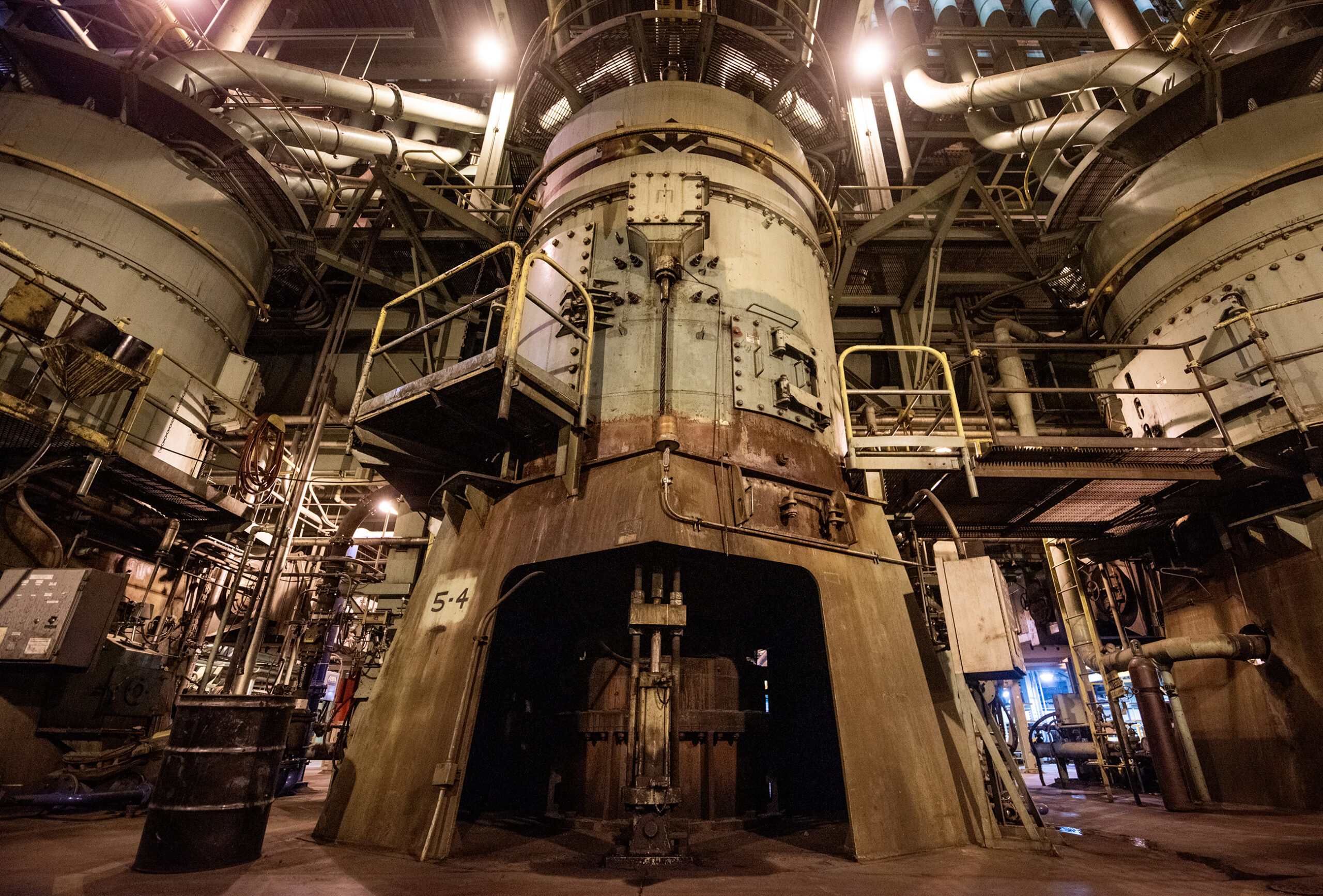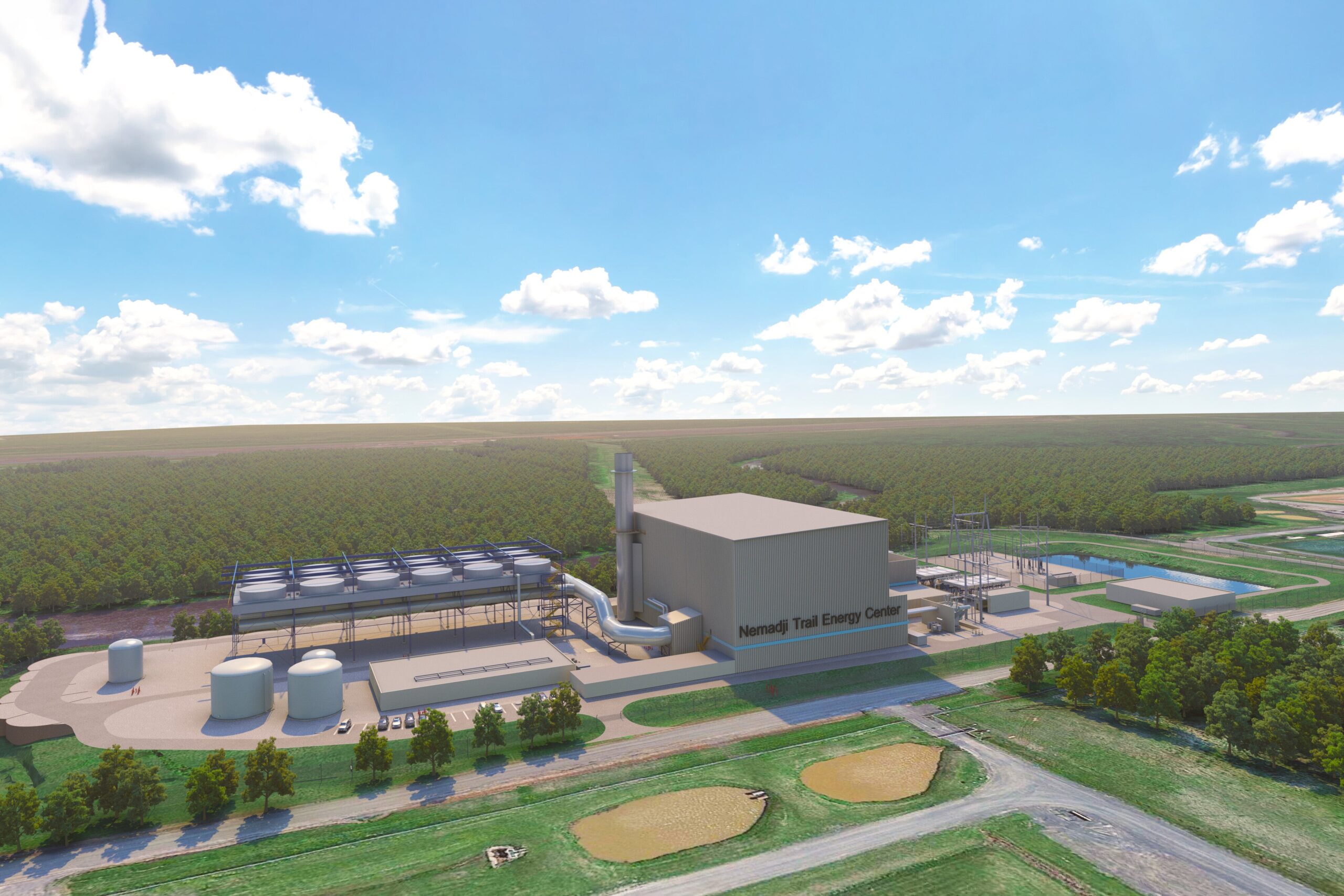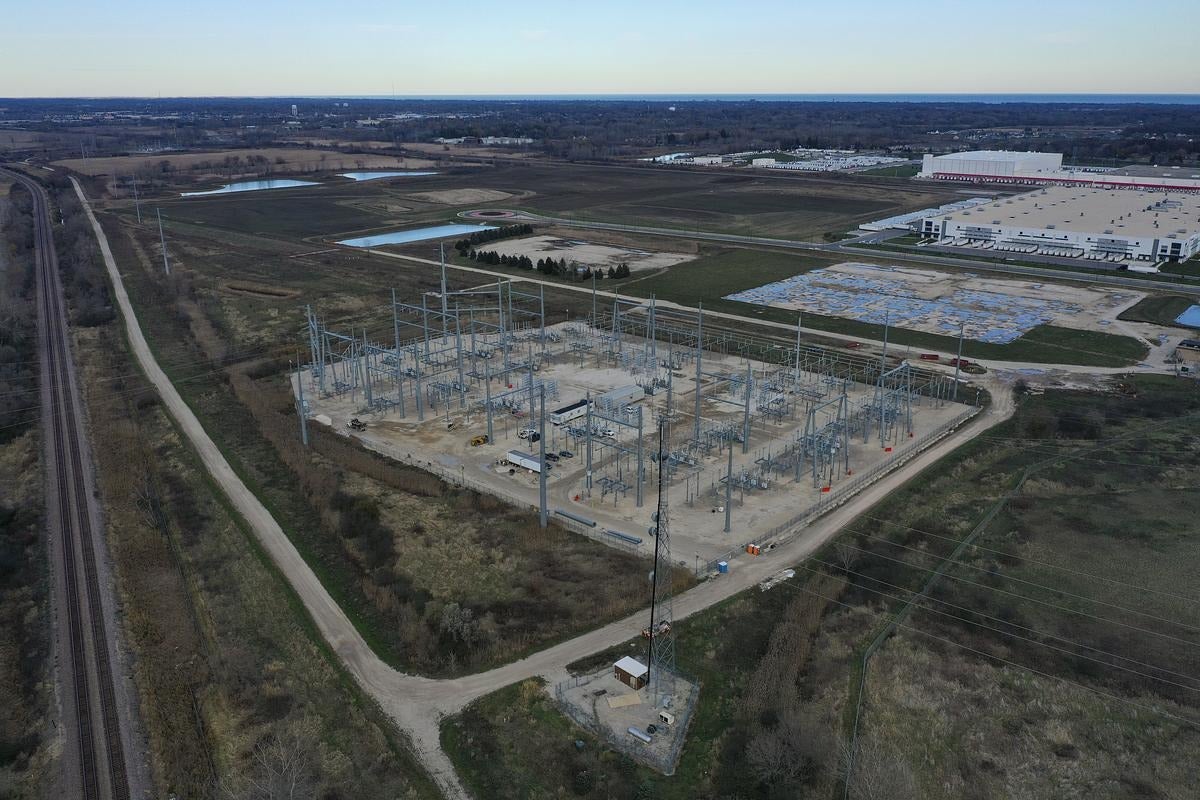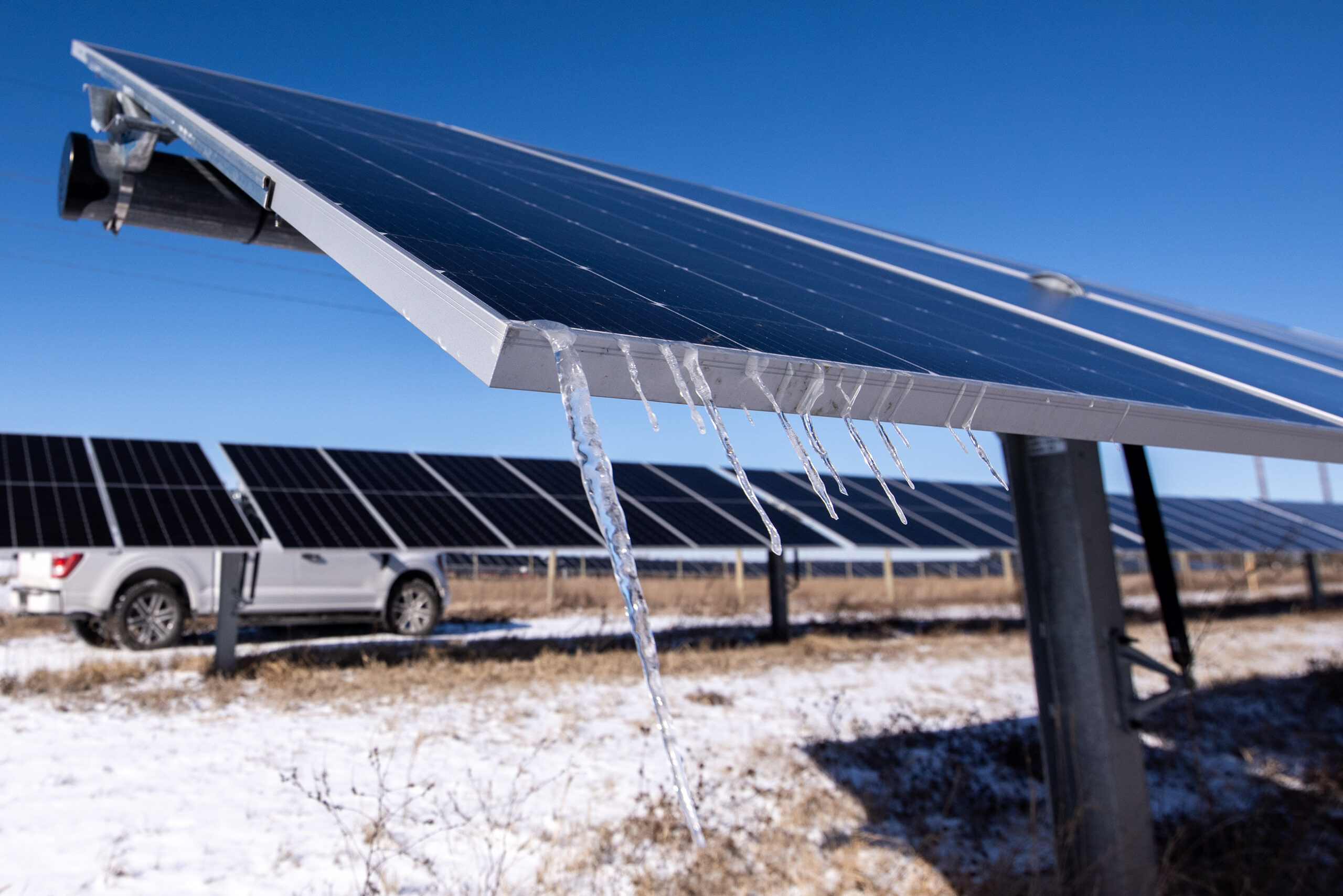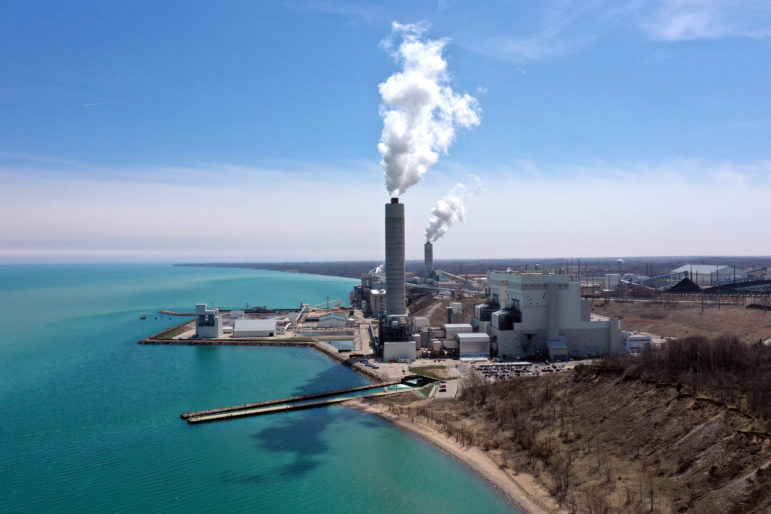The number of large coal-burning power plants in Wisconsin has been cut nearly in half over the last two decades, and three more are expected to come offline by 2026.
In 2005, the state had 13 utility-scale coal plants. In the next decade, only one of those plants went offline. By 2020, the number of plants producing at least 100 megawatts was down to seven, according to the Public Service Commission of Wisconsin.
It’s part of a transition away from coal-burning plants and toward cleaner or renewable energy sources. With more plants due to come offline through the early part of the 2030s in Milwaukee, Sheboygan, Columbia and Marathon counties, utilities are in the process of determining what’s next for those sites.
News with a little more humanity
WPR’s “Wisconsin Today” newsletter keeps you connected to the state you love without feeling overwhelmed. No paywall. No agenda. No corporate filter.
In some cases, decommissioned plants have been demolished and sold to developers. Other times, utilities work with local communities to give those sites new life through adaptive reuse. And sometimes the sites are no longer used for coal, but continue to be used for other types of energy generation.
State law doesn’t require utilities to close coal-fired power plants, and timelines for doing so are subject to change. In 2022, two of Wisconsin’s biggest utilities pushed coal plant retirements back due to supply chain issues with solar components.
It’s a complicated and sometimes fraught process. The clean energy transition in Wisconsin comes as swaths of the country are at risk of not having enough power to meet increased demand for electricity, spurred by development of energy intensive data centers and factories, according to the Washington Post.
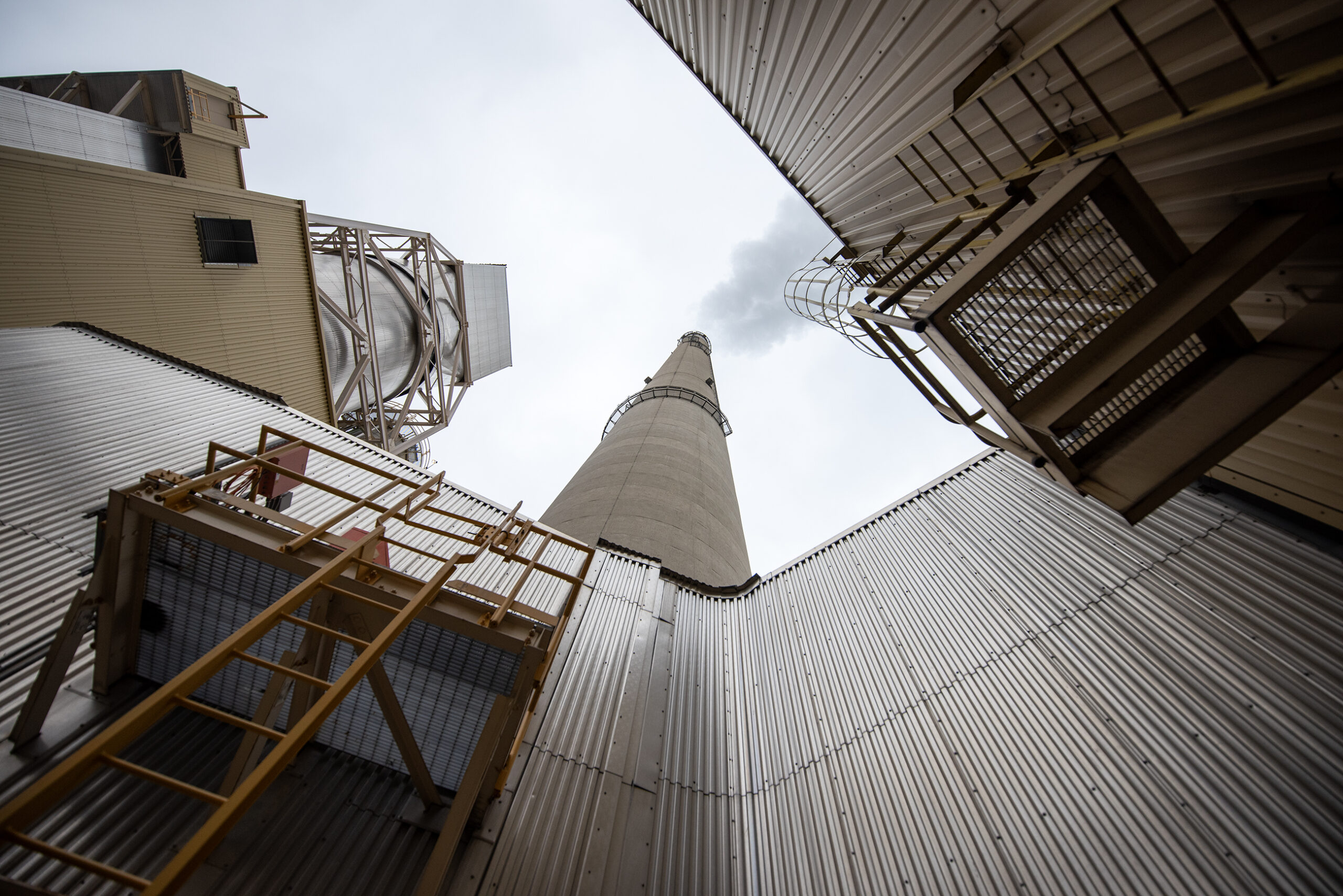
But progress toward ending the use of coal is real. Gov. Tony Evers has set a goal of helping the state achieve 100 percent carbon-free electricity consumption by 2050. And the federal Environmental Protection Agency is in the process of adopting new rules that would require almost all coal plants, as well as large, frequently used gas plants, to cut or capture almost all of their CO2 emissions by 2038.
The share of the state’s power supplied by coal has also decreased over time, going from supplying about 64 percent of Wisconsin’s electricity in 2005 to 35 percent in 2020, PSC data shows.
The state’s utilities have also set goals to reduce their carbon emissions. Alliant Energy hopes to reduce greenhouse gas emissions by 50 percent from 2005 levels by 2030 and achieve net zero emissions by 2050. WEC Energy Group, parent company of We Energies and Wisconsin Public Service, wants to achieve an 80 percent reduction in carbon dioxide emissions by 2030 and achieve net zero carbon emissions by 2050.
Moving away from coal is central to those goals. In 2021, burning coal to generate electricity accounted for roughly 20 percent of the county’s energy-related carbon emissions and nearly 60 percent of emissions in the energy sector, according to the U.S. Energy Information Administration.
Paul Mathewson, science program director for Clean Wisconsin, said burning coal is the “most carbon-intensive” form of electricity production and it’s a major contributor to climate change. Burning coal to generate energy releases carbon dioxide into the atmosphere, which Mathewson said acts as a “warming blanket.”
“You see this warming trend that we’ve had in recent years,” he said. “Last year was the warmest year on record in recorded history. This year is off to another start to rival that, so we’re definitely seeing those impacts already.”

‘If it wasn’t important to our customers, it wouldn’t be important to us’
Increased awareness around climate change may be a factor in increased demand from consumers for cleaner energy sources.
Utilities say that demand from their customers, as well as renewable energy technologies becoming more affordable in recent years, have been a big factor in their plans to move away from coal.
“If it wasn’t important to our customers, it wouldn’t be important to us,” said JP Brummond, vice president of customer and community engagement at Alliant Energy. “We’re not going fast enough for some of them. Some of them, we’re going, probably, too fast.”
The transition away from coal was on full display last month in western Wisconsin when Dairyland Power Cooperative detonated roughly 400 pounds of explosives to demolish the last pieces of its coal-fired plant near La Crosse. It marked the final stage of dismantling Dairyland’s Genoa plant, which was decommissioned in 2021 after 52 years of operation.
The future of the site remains unclear. Brent Ridge, the cooperative’s president and CEO, told WPR last month the future of the site could range from manufacturing to another power generation resource. He also said Dairyland is working with the local community to plan for the property’s future.
“The Genoa community has been a partner for us for over 50 years, and it’s going to be for many, many years to come,” Ridge said.
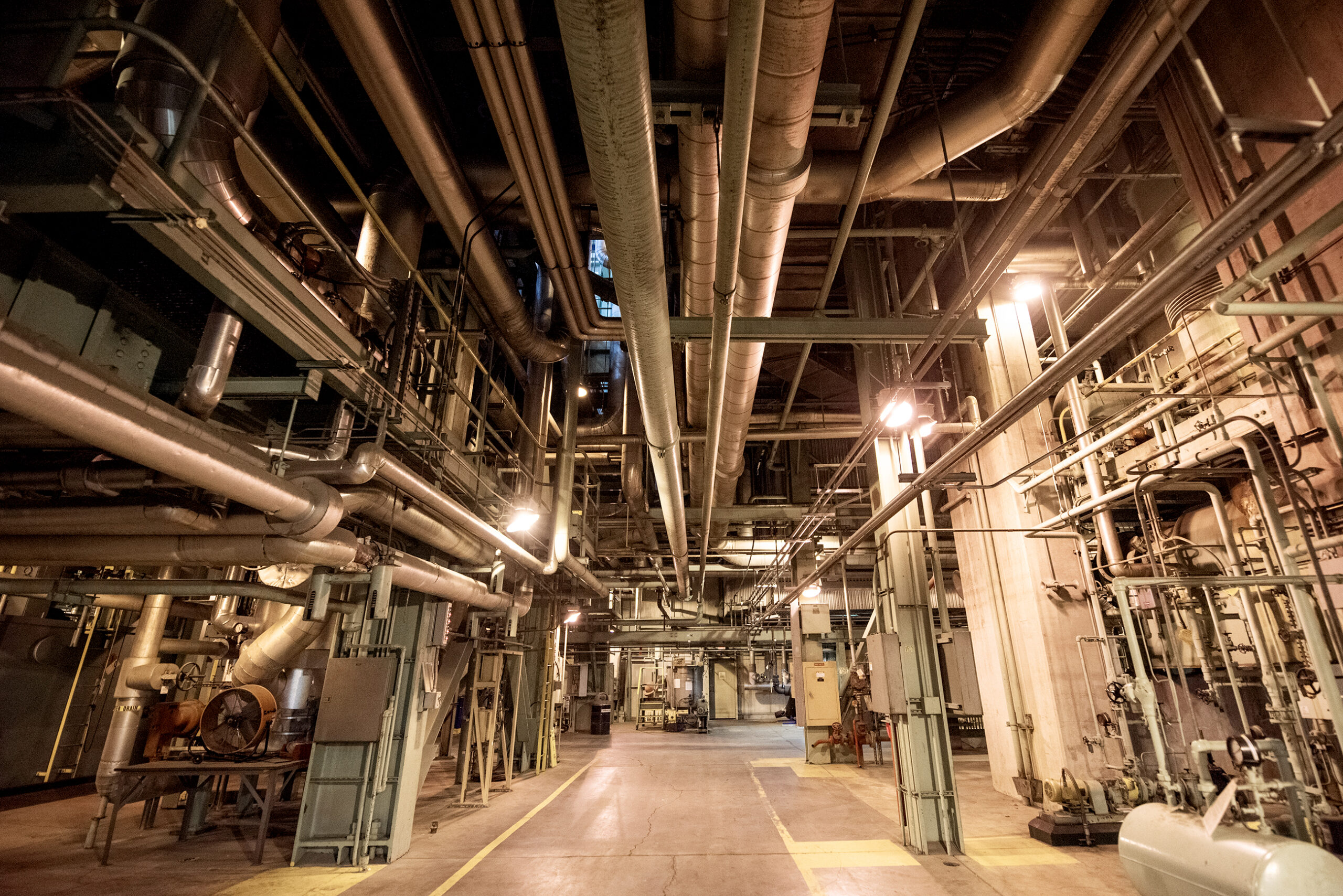
Alliant developing plans for Sheboygan County coal plant
Alliant Energy’s Edgewater Generating Station in Sheboygan sits along Lake Michigan with a pair of 550-foot steam chimneys jutting into the air.
Decades-old dials line the walls of the plant’s control room. Trains still come into the plant’s rail yard to drop off coal, which is then pulverized into a powder before it’s burned to create the electricity.
But only one of five coal-fired units at the plant is still running, and it’s set to come offline in mid-2025 — nearly a century after the first unit was commissioned at Edgewater.
Brummond said Alliant Energy is working closely with community leaders to ensure the site continues to contribute to the health of the local economy when it comes offline. He said the utility has had early discussions with city officials and hired a consultant to help come up with a plan for the site. It is planning to build a battery storage facility near the Egewater site.
“We partner with our communities. We want them to be successful,” he said. “We’re successful when they’re successful, so it’s important to us that we work with them and partner with them on this change. And it’s not just, ‘Hey, here’s what’s going to happen.’”
He said the consultant helped facilitate conversations between the utility and local stakeholders about what would make sense for the Edgewater site.
“We got a lot of different perspectives — so many that it’ll be impossible to make everyone happy,” Brummond said. “We really had the consultant look at the vision of what we could do here — everything from a sports park to (an) industrial campus to housing, so at least we know what’s possible here.”
While plans for the future of the Sheboygan County site have yet to be determined, Alliant has somewhat more firm plans for its Columbia Energy Center near Portage, which is set to come offline in mid-2026. The utility is developing a state-of-the-art storage facility, called an “energy dome,” near the Columbia County site.
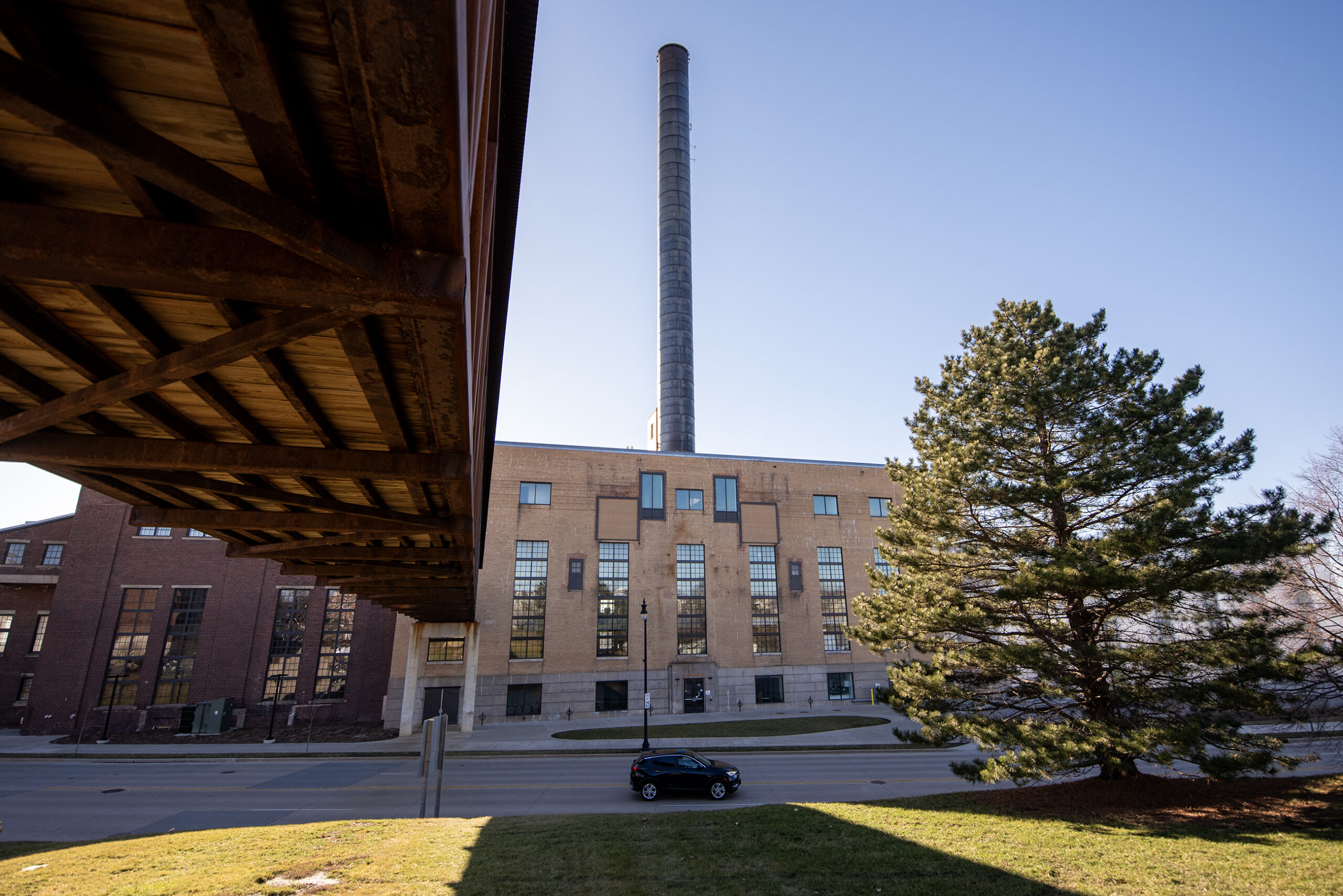
A coal plant turned student center in Beloit
In Beloit, a century-old coal plant has had a unique second life. In 2010, Alliant closed the Blackhawk Generating Station in Beloit, a coal plant that had been in the community since 1908 along the Rock River. The plant hadn’t generated electricity since 2005.
Beloit College saw opportunity in the century-old building, and began to discuss with Alliant the possibility of converting the coal plant into a fitness center. They struck a deal in 2014, giving the college time to raise money for the project, and later expanded plans to include a student center as well as a fitness facility.
“Both the college and Alliant Energy were very excited about preserving this building, which meant so much to the growth of the Beloit area in Wisconsin as an industrial power,” said Dan Schooff, the college’s vice president of advancement and facilities.
After opening as a student center in 2020, Beloit College president Eric Boynton said the former coal plant — now dubbed The Powerhouse — helps create a “unifying sense of the campus experience.”
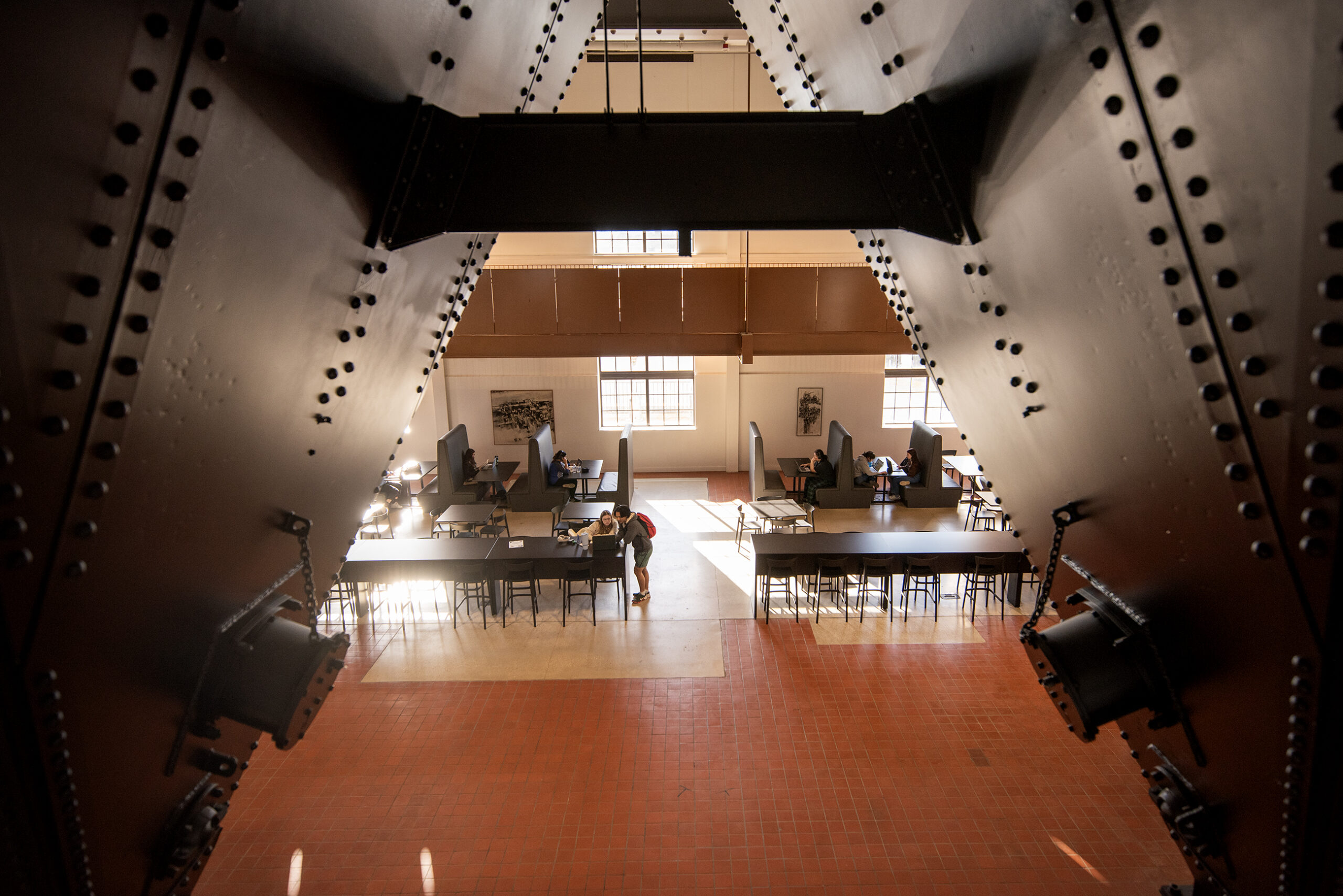

Those inside the facility can still see coal hoppers, a control panel and industrial piping. Beloit even saved the facility’s smoke stack, though it no longer produces billowing clouds. The building also uses water from the river to help generate some of the electricity it uses.
Schoof also said there’s something symbolic about using a building that was once a polluter as a place where students can learn about themselves and develop.
“It was polluting for a purpose, to generate power, but it did a lot of damage in the community, as all coal plants did,” he said. “For us now to take that and be a place of learning and a place where students work out, eat healthy food and interact with their faculty, their friends and the community — that’s a different kind of energy.”
Boynton added Beloit College also has plans to use the building as part of its new environmental sustainability program this fall.
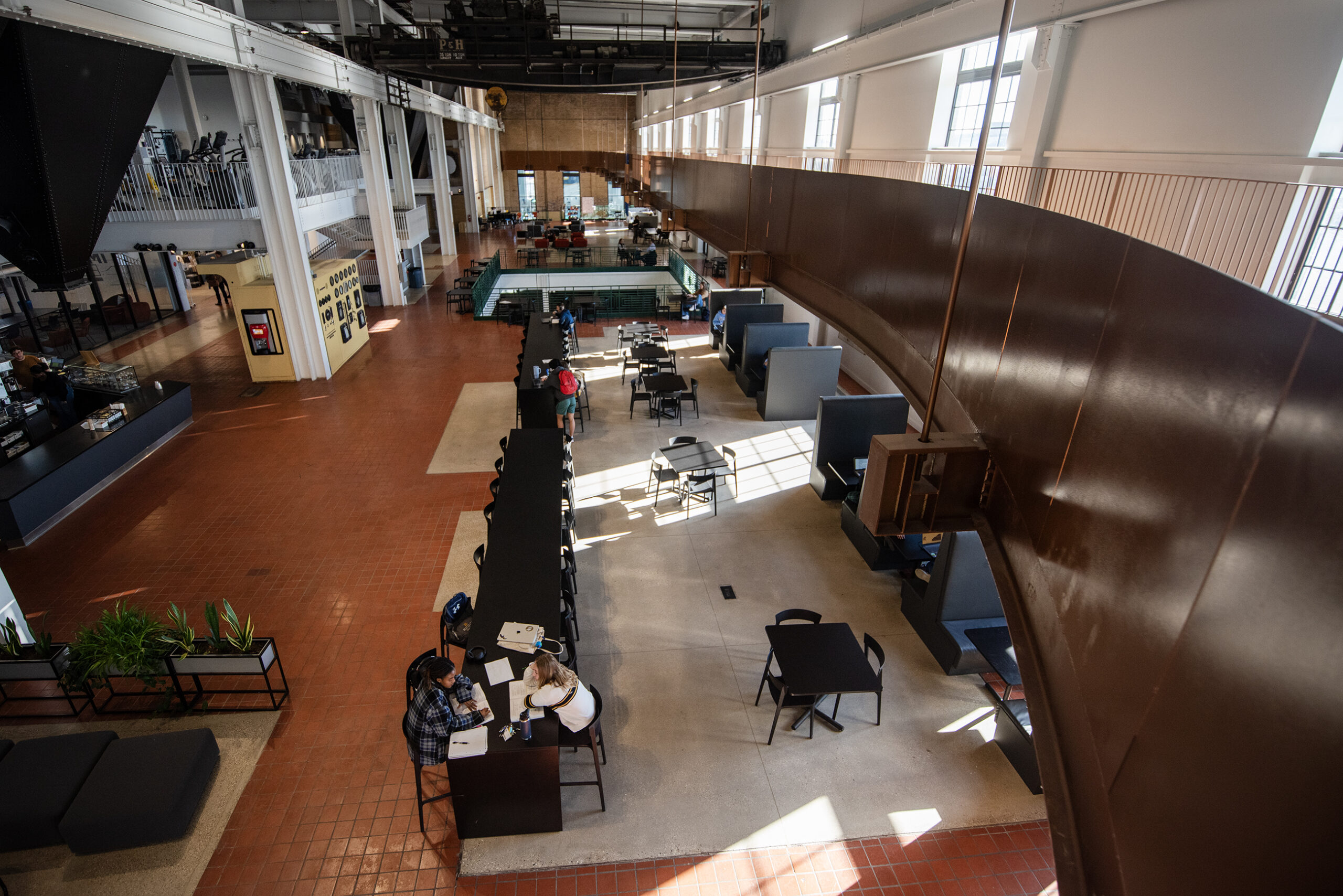
Former We Energies plant spurring development in southeast Wisconsin
We Energies retired its coal plant in Pleasant Prairie in 2018, and tore it down in 2022. Last year, it sold the 198-acre site to Nevada-based developer Dermody Properties for $24.1 million.
Dermody plans to convert the site into a 2.4 million square-foot, three-building industrial campus, dubbed the LogistiCenter at Pleasant Prairie.
Neal Driscoll, Midwest region partner for Dermody Properties, said the developer was attracted to the property thanks to its connections to two different rail lines, formerly used to bring coal to the plant. He also said existing energy infrastructure nearby also helped make the site attractive for redevelopment.
“It gives us really good opportunities to tap into the power that’s in the area, which is a big factor — and quite frankly a growing one with everyone’s interest in data centers and the reshoring of so much manufacturing that’s requiring a lot of power,” Driscoll said. “It’s what we consider a very asset-rich site.”

In January 2023, the Pleasant Prairie Village Board approved a development agreement with Dermody, outlining the phased construction of three or more commercial buildings, as well as public and private infrastructure improvements, according to the village.
Under the agreement, Dermody guaranteed creating a development value of $45 million by 2025, $96 million by 2027 and $187 million by 2029, the village said. Dermody Properties also agreed to help fund a public park monument that memorializes the history of the coal site.
Based on the developer’s plans for the site, Driscoll said he anticipates the industrial development could add roughly 1,500 jobs.

We Energies, WPS plan to keep a pair of other coal plants
While WEC Energy Group sold off its Pleasant Prairie coal site, that’s unlikely to happen with its South Oak Creek Plant in Milwaukee County and its last coal-fired units in Weston, near Wausau.
Spokesperson Brendan Conway said two plants that have already been retired — in Green Bay and Pleasant Prairie — have been sold, while plants in South Oak Creek and Weston will remain in the company’s portfolio.
Two of the coal-fired units at Oak Creek are set to come offline by May, and the last two will follow by late 2025. The utility plans to convert Oak Creek to a natural gas plant, used primarily as a backup power source at times when the utility can’t rely on wind or solar, with new natural gas units built within the site’s footprint.
At the Weston Plant, one of the coal-fired units at the plant will be retired in 2031 and another will be converted to a natural gas plant.
Conway said both the Oak Creek and Weston plants have good access to existing infrastructure in southeast and central Wisconsin.
“It’s less costly if you were to build something in there than build it miles away and have to build new transmission (infrastructure),” Conway said.
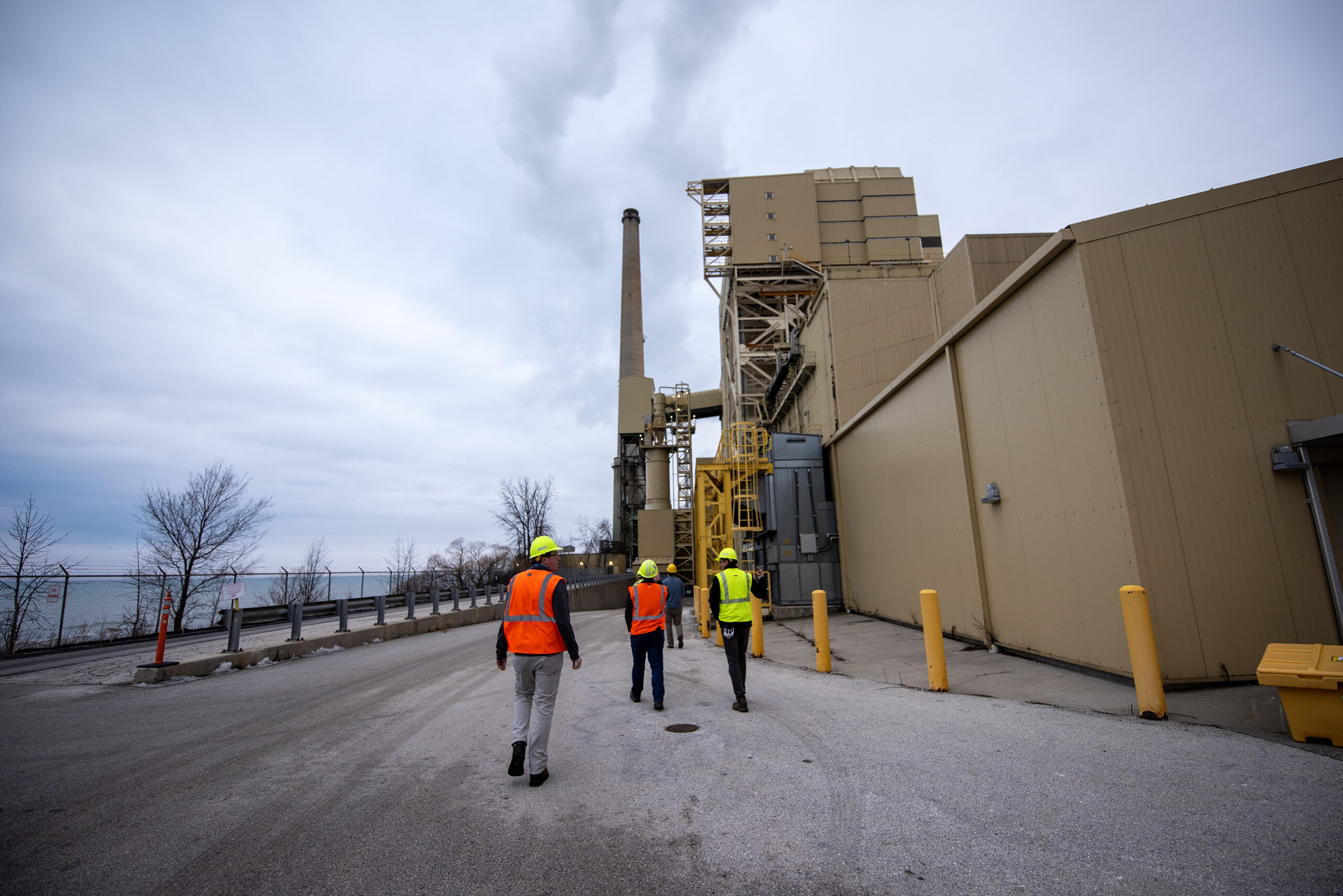
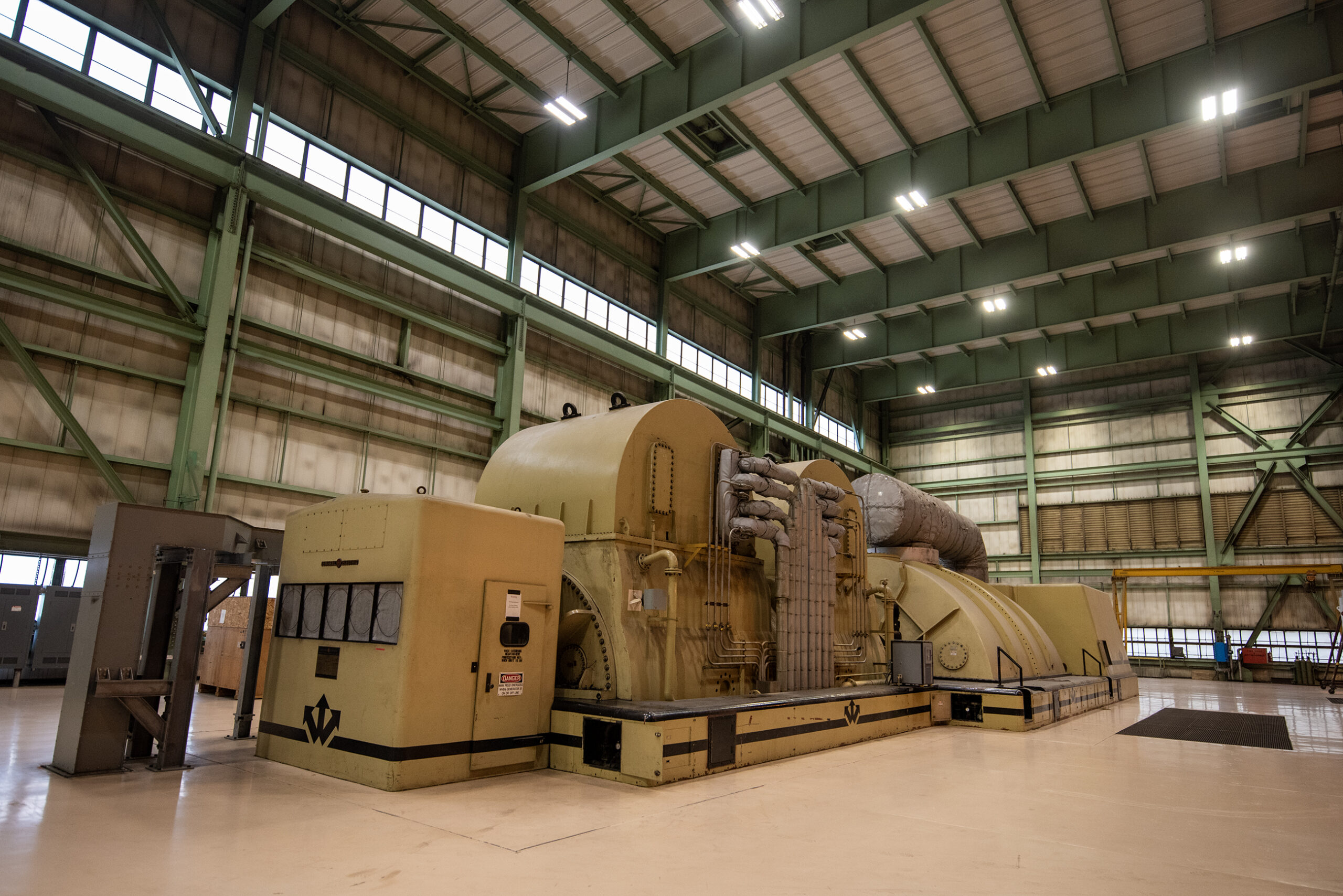
Planned retirements come amid capacity concerns
As utilities continue moving away from coal, they’re also responsible for ensuring families can keep the lights on at all times of day and in all weather conditions.
At a recent forum, executives from state utility companies spoke about managing increased demand for power from the rapid development of artificial intelligence, industrial development and extreme weather as they work their way off coal.
During a panel discussion, Todd Stuart, executive director of the Wisconsin Industrial Energy Group, said he fears significant growth from data centers to support advancements in AI could eat into the regional electric grid’s reserve power supply.
“How you meet that load is going to be a real challenge coming up,” he said. “Once these (coal) plants shut down, things could get pretty tight given the load growth that might be happening.”
Utilities view natural gas as a reliable energy source as they continue to shutter coal plants and invest in renewables.
“We believe that natural gas is an important bridge fuel that we’re going to need especially as these large demand loads come online and are pressuring our systems,” Karl Hoesly, president of Xcel Energy in Wisconsin and Michigan, said during the panel.
Planned natural gas investments have faced scrutiny from environmental groups. That’s because natural gas produces half the carbon emissions of coal plants, but releases methane, which has more than 80 times the warming power of carbon dioxide over the span of two decades, according to the United Nations Economic Commission for Europe.
Mathewson with Clean Wisconsin said that replacing all the state’s coal fleet with natural gas would lead to an 18 percent reduction in carbon dioxide emissions from the energy sector by the end of the decade. He says the state needs to hit a 50 percent reduction to stay on pace to meet his climate targets.
“Transitioning from coal to renewable energy, carbon-free energy, is imperative for getting there,” Matthewson said. “There’s a lot of discussion about transitioning from coal to gas as a kind of a bridge to get there. But that’s just not not a pathway at this point that’s going to allow us to stay on track to meet these goals of limiting climate change.”
Wisconsin Public Radio, © Copyright 2026, Board of Regents of the University of Wisconsin System and Wisconsin Educational Communications Board.
